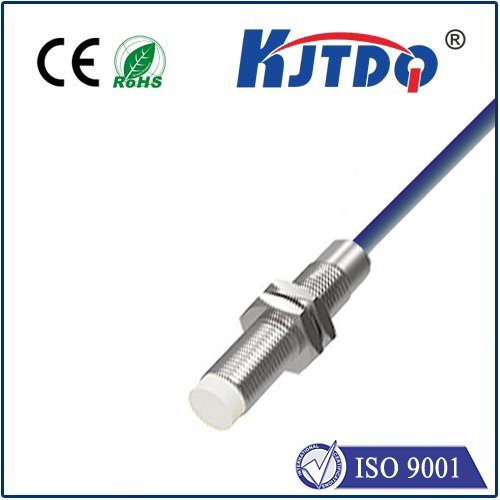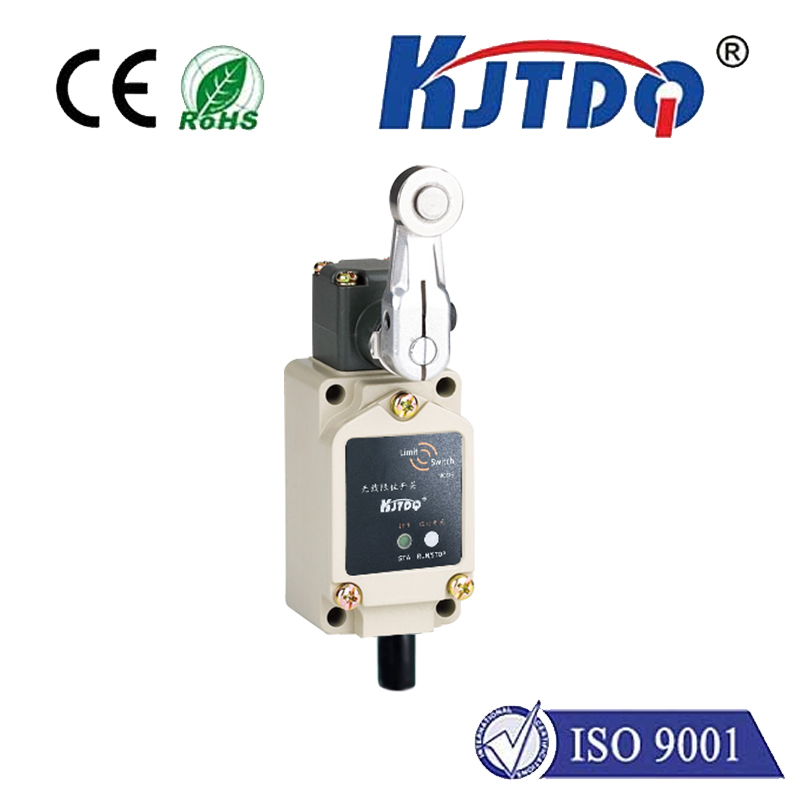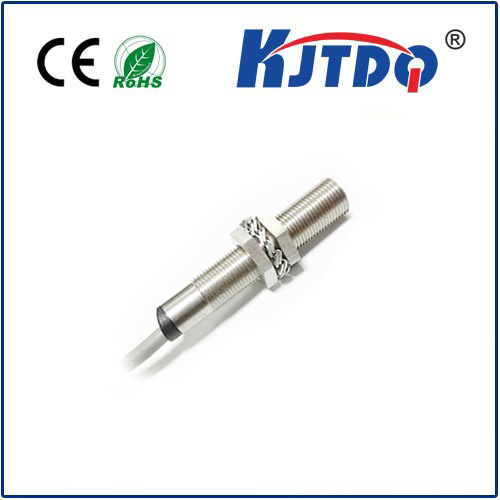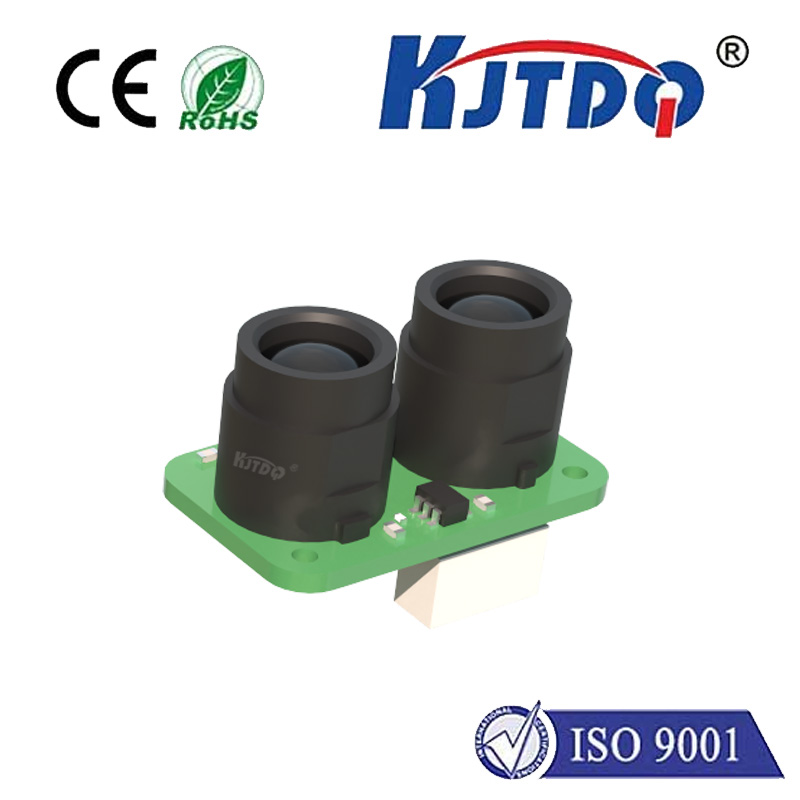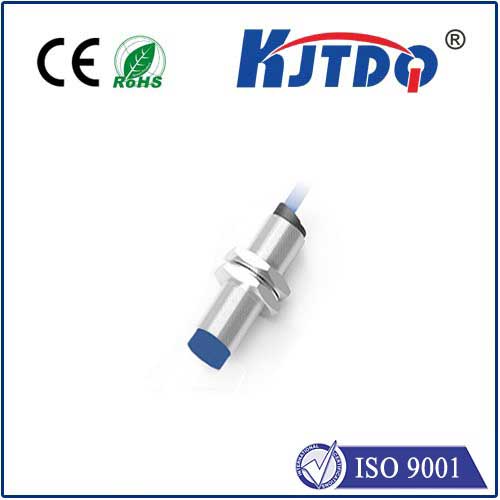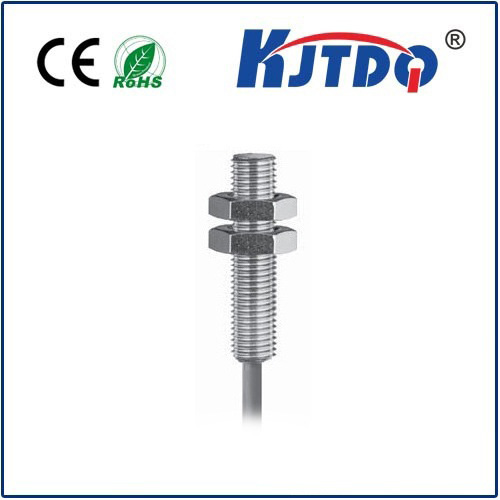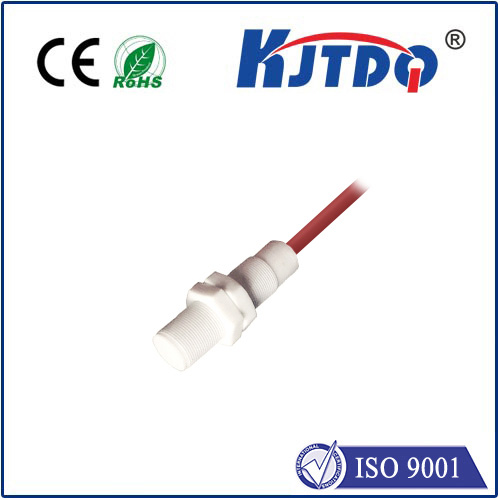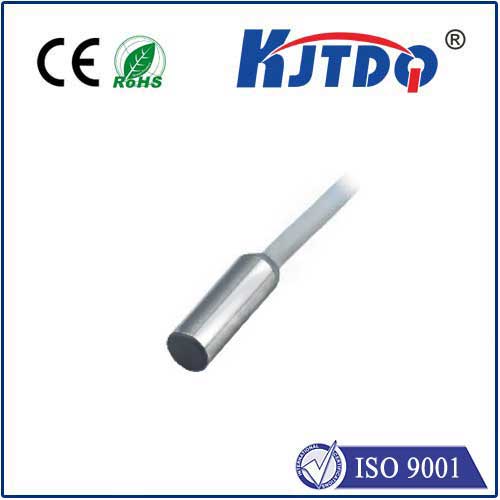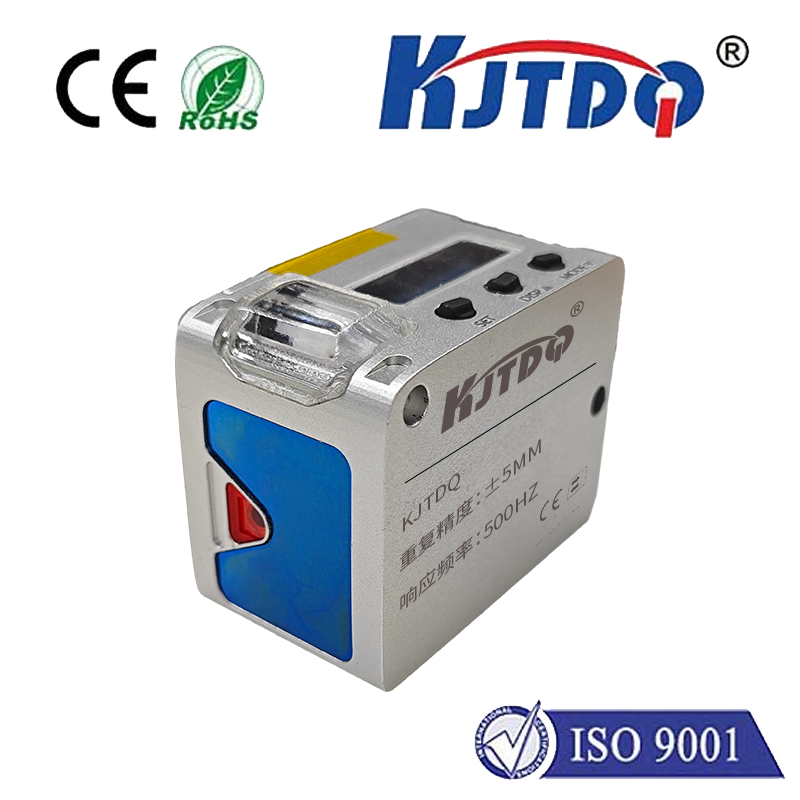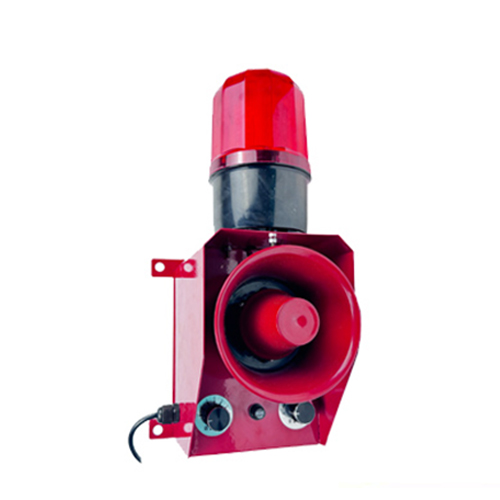Ультразвуковой переключатель приближения
- time:2025-06-16 17:17:48
- Нажмите:0
Ultrasonic Proximity Switches: Precision Sensing Beyond Contact
Imagine a manufacturing line where robots assemble delicate electronics, or a conveyor belt whizzing filled bottles at high speed. How do these systems reliably detect objects without the wear-and-tear of physical contact, regardless of the material’s color or surface properties? The answer often lies in a remarkably versatile technology: the Ультразвуковой переключатель приближения.
Unlike traditional mechanical switches or optical sensors, ultrasonic proximity sensors operate on a principle borrowed from nature: echolocation. These rugged electronic devices emit high-frequency sound waves (typically 20 kHz to several hundred kHz, far above human hearing) and then listen attentively for the returning echo bouncing off a target object. By precisely measuring the time it takes for this sound pulse to travel to the object and back, the sensor can calculate the distance to the target with impressive accuracy.
How an Ultrasonic Proximity Sensor Operates: The Core Mechanism
The magic happens within the sensor’s transducer. This specialized component acts as both a loudspeaker and a microphone for sound waves. Here’s the typical cycle:

- Emission: An electrical signal triggers the transducer to produce a short, focused burst of ultrasonic sound energy.
- Propagation: The sound wave travels through the air (or other medium) towards potential objects within its detection range.
- Reflection: If an object is present within the sensor’s field of view and range, the sound wave hits it and reflects back towards the sensor.
- Reception: The same transducer (or sometimes a separate receiver) detects the returning echo.
- Time Measurement & Processing: Sophisticated internal electronics measure the time-of-flight (ToF) between the emission pulse and the detected echo.
- Calculation & Output: Using the known speed of sound (adjusted for temperature variations), the sensor calculates the precise distance to the target. Based on predefined thresholds or switching points, the sensor then triggers its output signal – typically a clean switching signal (like a PNP/NPN transistor, relay, or analog output) indicating object presence or absence, or providing continuous distance measurement.
Why Choose Ultrasonic Sensing? Key Advantages
The unique working principle of ultrasonic sensors confers several compelling advantages that make them indispensable in diverse industrial and automation settings:
- Non-Contact Operation: The absolute standout feature. Detection occurs without any physical touch, eliminating mechanical wear and tear on both the sensor and the target object. This is crucial for delicate items, high-speed applications, or when contamination is a concern.
- Material Versatility: Unlike optical sensors that struggle with transparent, shiny, or dark objects, or inductive sensors limited to metals, ultrasonic proximity sensors can reliably detect virtually any solid material. Wood, plastic, glass, liquids, powders, metal – if it reflects sound, it can be detected. This makes them incredibly flexible.
- Environmental Resilience: They perform well in challenging conditions where optical sensors falter. Dust, dirt, smoke, fog, and even light rain have minimal impact on ultrasonic wave propagation. Many models are also designed to withstand washdown environments common in food & beverage or pharmaceutical production.
- Robust Object Detection: Surface color, texture, transparency, or reflectivity have negligible effect on ultrasonic sensing reliability. They excel at detecting complex shapes and surfaces that might confuse other sensor types.
- Longer Sensing Ranges: Compared to many inductive or capacitive proximity sensors, ultrasonic variants often offer significantly longer detection ranges, commonly from a few centimeters up to several meters, depending on the model and frequency.
- Precise Distance Measurement: Many ultrasonic devices go beyond simple presence/absence detection, providing highly accurate analog or digital distance information. This enables applications like level control, height measurement, and dimensioning.
Where Ultrasonic Proximity Sensors Shine: Common Applications
Their unique combination of benefits makes ultrasonic proximity switches ideal for numerous tasks:
- Presence/Absence Detection: Confirming parts are present on a conveyor, checking if a pallet is in position, detecting the filling level of crates or boxes.
- Object Counting: Tallying items moving past a point on a line, counting stacked objects.
- Liquid Level Monitoring: Measuring the level in tanks (both transparent and opaque), preventing overflows or dry-running, controlling fill levels in bottles or containers. This is a particularly strong application area.
- Height and Dimension Control: Checking the height of stacked items, ensuring consistency in packaging, measuring roll diameters.
- Robotic Guidance: Helping robots navigate or position objects accurately without collision.
- Parking Assistance Systems (Industrial): Detecting obstacles around large vehicles or equipment within warehouses or factories.
- Web and Sag Detection: Monitoring the position or slack of materials like fabrics, films, or sheets in processing lines.
Selecting the Right Ultrasonic Proximity Switch: Essential Factors
To harness the full potential of these sensors, consider these critical parameters when selecting one:
- Sensing Range: Determine the minimum and maximum distances you need to detect objects.
- Detection Accuracy: What level of precision is required for distance measurement or switching point? Higher accuracy models are available.
- Beam Angle/Pattern: Narrow beams offer precise targeting, wider beams are better for detecting irregular objects or compensating for misalignment. Consider the target size and required positioning tolerance.
- Output Type: Does your application need a simple on/off switch signal (e.g., PNP, NPN, relay), an analog output (e.g., 0-10V, 4-20mA proportional to distance), or a digital communication interface (e.g., IO-Link)? Choosing the right output is vital for system integration.
- Environmental Conditions: Consider operating temperature range, potential exposure to dust, moisture, chemicals, or cleaning agents. IP ratings indicate ingress protection levels.
- Target Characteristics: While generally material-independent, very soft or sound-absorbent materials (like thick foam or felt) might be challenging at longer ranges. Test if possible.
- Acoustic Noise: Some environments have high levels of ultrasonic noise (e.g., compressed air leaks, specific machinery). Special models with noise immunity or different operating frequencies may be needed.
Overcoming Challenges: Foam, Wind, and Temperature
While robust, ultrasonic sensors aren’t without limitations. Extremely soft, porous materials like thick foam absorb sound waves, reducing effective range. Strong air currents or high wind can deflect sound waves. Crucially, the speed of sound varies with air temperature. Most modern industrial ultrasonic proximity sensors incorporate temperature compensation circuits to automatically adjust distance calculations, ensuring high accuracy across varying ambient conditions. Understanding the application environment helps mitigate these potential issues.
From ensuring delicate components are handled gently to guaranteeing tanks never overflow, ultrasonic proximity switches provide a reliable, versatile, and non-intrusive sensing solution. Their ability to operate effectively in environments where other sensors struggle, coupled with their inherent material independence, has cemented their role as a cornerstone of modern industrial automation. By mastering the principles of sound wave reflection and overcoming environmental variables, these sensors deliver consistent, non-contact detection essential for optimizing efficiency, safety, and quality across countless processes.

